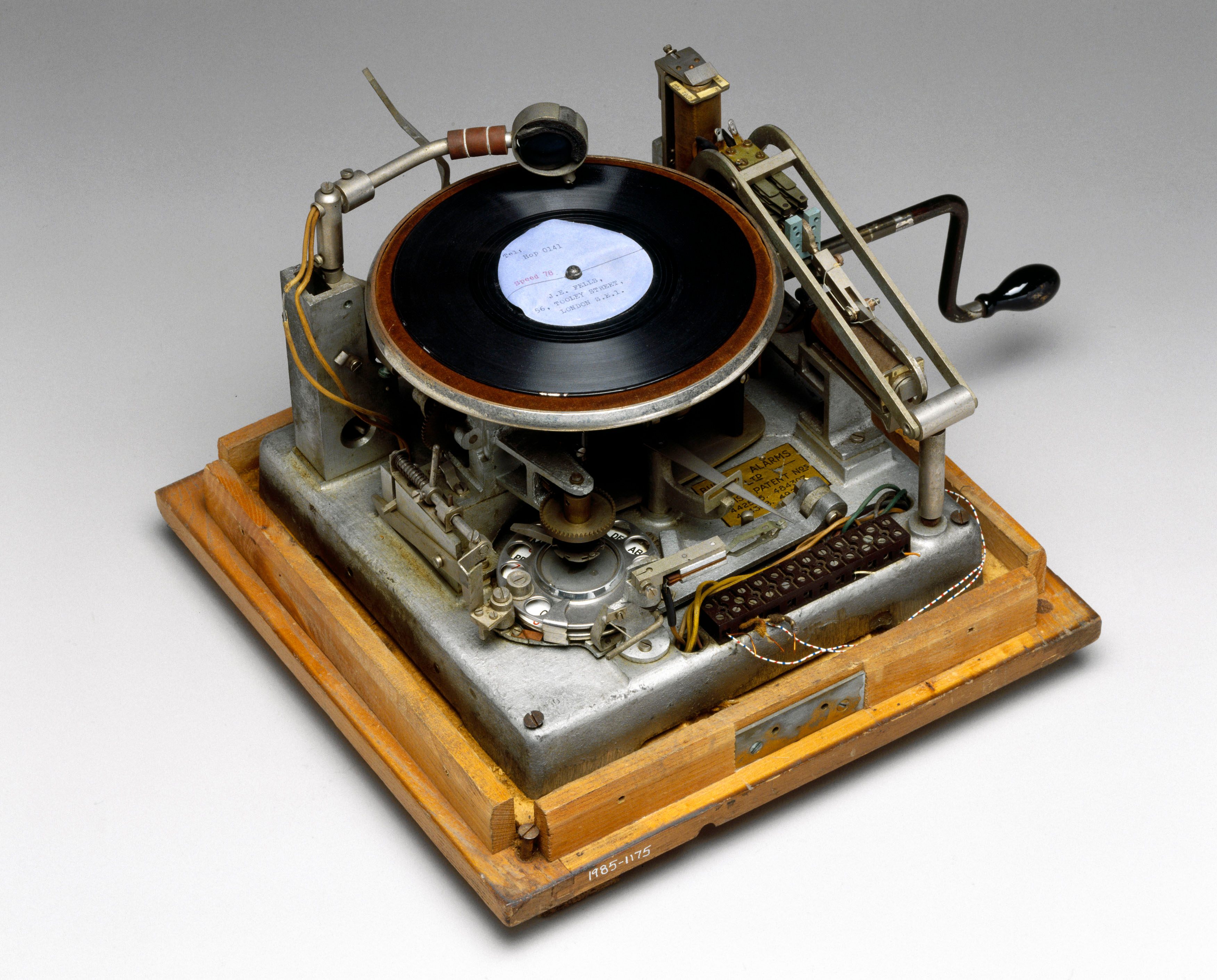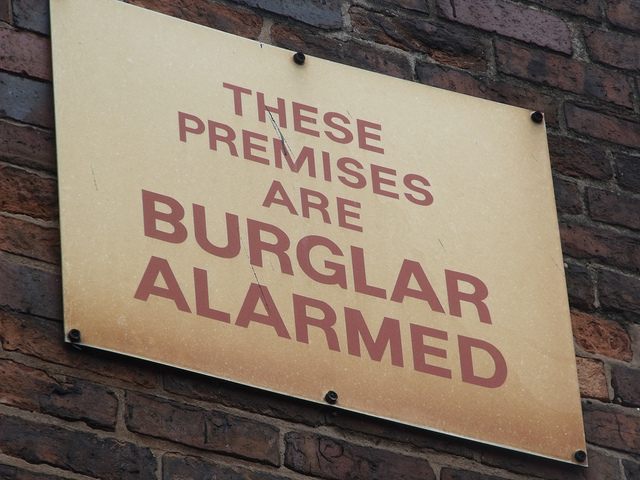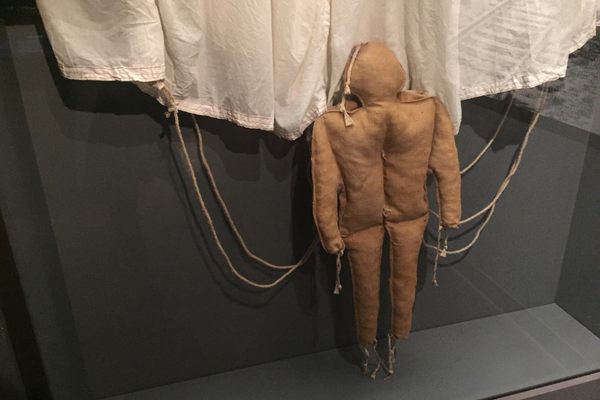How Gramophones Helped Fight Crime in 1940s Britain
Vinyl to thwart criminals? Believe it.

If you tried to rob a bank in England in the 1940s, your efforts may have been thwarted by a gramophone. Or, more precisely, a gramophone burglar alarm.
The possibility of setting off an electric alarm had never been an option until 1858, when the first such device was installed in 1858 in Boston. Similar gadgets quickly became popular in stores, banks, and even the private homes of the wealthy. Over the years, many forms of burglar alarms appeared, each new one trying to better the faults of its predecessors. However, there is no alarm, past or present, that is as visually intriguing as the gramophone burglar alarm.
This device was designed exactly like a gramophone, with a small turntable record that played as soon as the needle scratched it. Only instead of playing the fine tunes of the jazz age, you got an unnerving alert message letting the listener know that a premises were under attack.
Its mechanism was simple, yet quite innovative for its time. The machine would be installed in the back room of a high-security building, and connected to the front of the building by an electric cord. If the cord was tripped, the device would start playing a pre-recorded message while simultaneously dialing 999 (England’s emergency phone number). When the police picked up the call, they would hear the message and know that the building was under attack. However, the people inside the building would not be able to hear the message, thus giving the device the nickname of the “silent alarm.”
To see it in action, start this video at 7:19:
But why opt for a discreet alarm, rather than the loud and panic-inducing one that is so often portrayed in outlaw movies? The idea came from both practicality and safety.
Often, victims of burglary could not set off alarms until the robbers were off the premises and no longer posing a direct threat to their lives. This meant that the authorities arrived too late in many cases. With the gramophone alarm, a bank teller or store employee could trip a cord hidden behind a desk with his or her foot, thereby alerting the authorities silently. The robbers, unaware that the authorities were on their way, would not feel as urgent a need to leave as if they heard the alarm. They would also, in theory, have no reason to harm the person who pulled the alarm, because they had no way of knowing that this had happened until it was too late.
Though the invention was introduced in 1917, it didn’t start gaining attention until after the end of World War II. The silent alarm now seemed like a great solution, not only because it was a safe way to alert the authorities, but also because the devices were often wired to their own power source. Some burglars had the foresight to cut the power lines of the places they robbed, so as to disable alarms. By making the power source of the gramophone alarm independent, such efforts were thwarted.

As Donald Thomas explains in his book, Villains’ Paradise: Britain’s Underworld from the Spivs to the Krays, the device “was rare and was regarded at first as an eccentricity rather than a necessary precaution.” By the ’50s, however, it seems like more businesses were opting for including it on their premises, in an effort to protect themselves from possible attacks.
If we are to believe this 1955 article of The Age, the gramophone burglar alarm was quite effective. According to the short note, the device had been central to 67 arrests in three different cities in Yorkshire, England. Because of the silent nature of the alarm, the note claims, the burglars were completely unsuspecting right until the police had arrived.

While it is very possible that the gramophone alarm played a role in many successful arrests, there is some doubt about whether the devices were as effective as was often claimed. According to Thomas, despite burglars being unaware that an alarm had been set off, the police still often arrived too late. Burglars were well aware of the risks they were taking, and took as little time as possible to complete their hits. But the most suspicious fact is that the newspaper notes that praised the device were often paid for by Burgot Alarms, which owned and manufactured it. Though the figures might have been accurate, one should always be a little suspicious of the veracity of facts given by a company about its own product—especially when they hide it within the newspaper as news rather than advertising.
But whether or not the gramophone alarm was actually as successful as Burgot Alarms claimed, the influence of both the company and the device on future security systems is undeniable. Their legacy can be seen in the discreet and silent nature of most modern alarms, especially in those present in banks. No longer would a bank robbery be marked by a piercing alarm alerting everyone in the vicinity of the occurrence, but it would be discreetly pushed by an employee before putting his or her hands up in the air.
Object of Intrigue is a weekly column in which we investigate the story behind a curious item. Is there an object you want to see covered? Email ella@atlasobscura.com



















Follow us on Twitter to get the latest on the world's hidden wonders.
Like us on Facebook to get the latest on the world's hidden wonders.
Follow us on Twitter Like us on Facebook